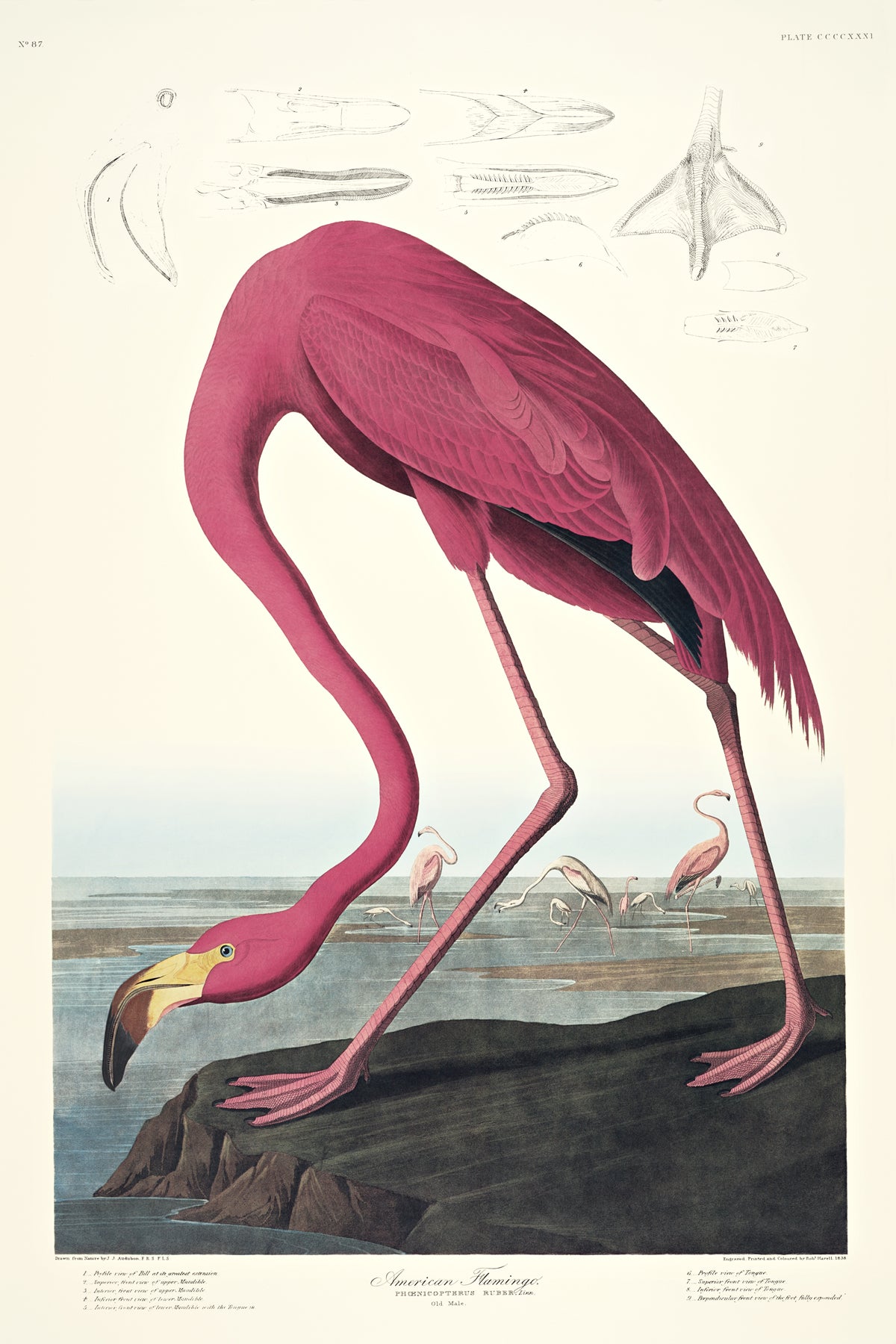American Flamingo
Regular price
$358.00
Audubon fine art in a reduced size format. Acid-free archival paper and inks. These detailed giclee prints measure about 20 x 28 inches. This is the 'Elephant' size Audubon also used for his Imperial quadrupeds as compared with the 'Double Elephant' size, about 27 x 39, that he used for his Havell prints.
Regular price
$358.00
Audubon fine art in a reduced size format. Acid-free archival paper and inks. These detailed giclee prints measure about 20 x 28 inches. This is the 'Elephant' size Audubon also used for his Imperial quadrupeds as compared with the 'Double Elephant' size, about 27 x 39, that he used for his Havell prints.
